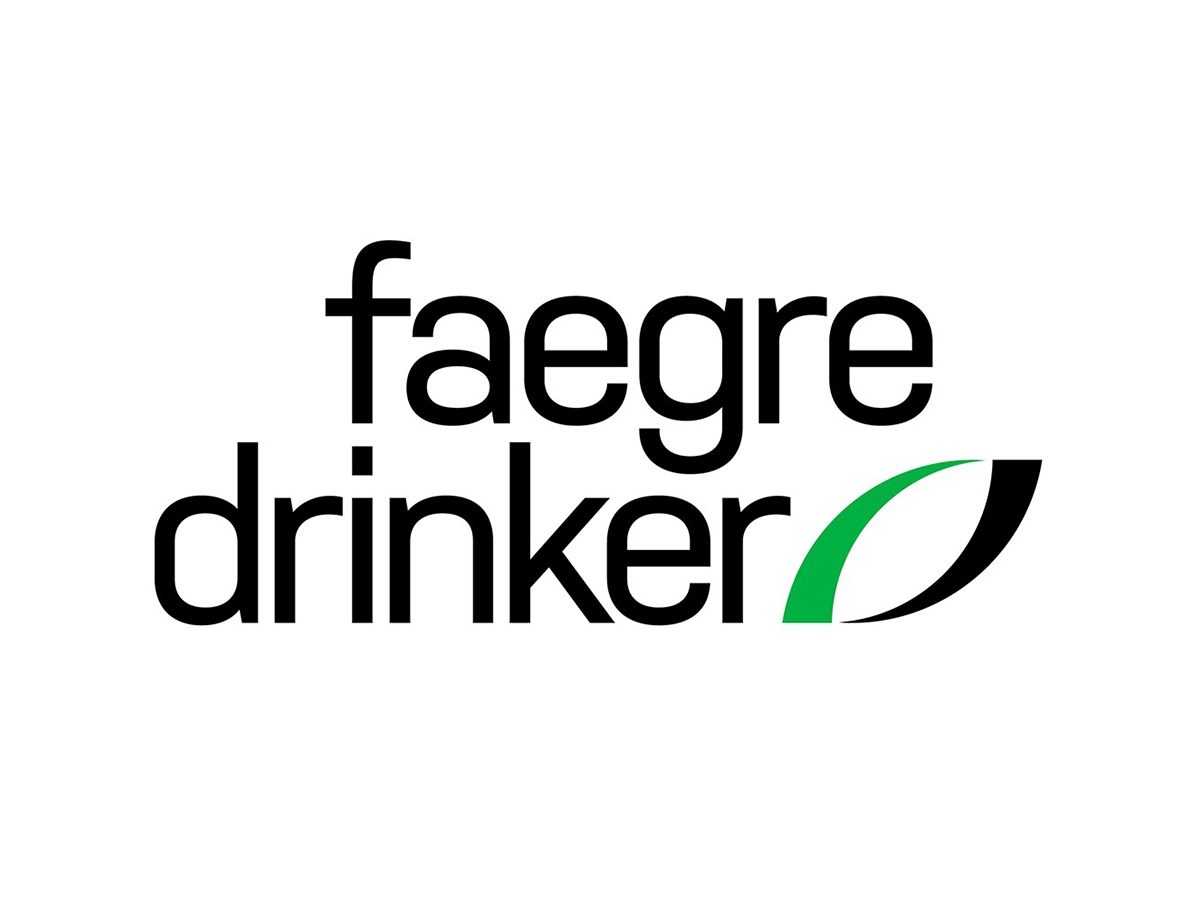From Concept to Commerce: The Art of Trademark Specimens of Use | Faegre Drinker Biddle & Reath LLP
In the world of trademarks, specimens of use (or proof of use) play a crucial role in obtaining and maintaining a trademark registration with the United States Patent and Trademark Office (“USPTO”). In this blog post, we’ll delve into the types of specimens that are accepted by the USPTO (hint: they’re not alien artifacts!), the specific requirements for each type of specimen, and some practical tips to help you navigate the selection process. So, grab your magnifying glass (figuratively, of course) and let’s examine the basics of specimens of use!
What is a Specimen of Use, and When Do I Need One?
Before the USPTO grants registration of your trademark, it wants to see tangible evidence that your mark is actually being used in U.S. commerce. That’s where specimens of use come in. A “specimen of use” simply means evidence of how a trademark is used. To meet the USPTO requirements, the evidence must show actual commercial use of the mark in the U.S. in connection with the goods and/or services claimed in the application or registration. There are three circumstances under which trademark owners are required to submit specimens proving use of their marks: (1) to obtain registration; (2) to maintain registration; and (3) to respond to a post-registration audit from the USPTO. Let’s investigate these scenarios further.
When you file a trademark application, you need to inform the USPTO if you are currently using the mark or, instead, have a bona fide intent to use it soon. If you are currently using the mark, then you must file a specimen of use at the time of filing the application. Otherwise, if you are filing the application on an “intent-to-use” basis, you can submit the specimen later, after the application has been examined by the USPTO. But note, the USPTO will not issue a certificate of registration until you file an acceptable specimen.
If you currently own a trademark registration, you are required to submit specimens of use to the USPTO on a routine basis to maintain the registration. Essentially, you are proving to the USPTO that you are still actively using the mark in connection with the goods and/or services and thus entitled to continued protection of the mark. These maintenance intervals occur between the 5th and 6th year after the registration date, between the 9th and 10th year after the registration date, and every 10 years after that.
Finally, the USPTO is in a constant state of “spring cleaning” mode and occasionally issues a random audit of registered marks to see if the owners are actually using the marks in commerce in connection with the goods and/or services claimed in the registrations. (Beware owners of trademark registrations that cover a “laundry list” of goods and services!). In such audits, the USPTO typically requests proof of use for a few specific goods and services randomly selected from the registration. If an owner is unable to prove use of the mark for the specific goods and/or services identified in the audit, the USPTO will require that the owner delete the items for which proof of use is not provided and pay an accompanying $250 fee per class.
Quick Tip: Only one specimen is required per class of goods or services in the application or registration. A trademark class is a way for the USPTO to organize goods or services identified in an application. For example, Class 25 covers clothing and Class 36 covers financial services. Therefore, if your application or registration covers five classes, but a multitude of goods and services in each class, you need only submit five specimens – one for each class.
Now that we have discussed what a specimen is and when it’s required, let’s explore how to pick the best specimens to submit.
The Dos and Don’ts of Specimens for Goods
The Dos
The following are the most common (and best!) types of specimens for showing use of the mark on goods:
- A photograph of the actual product (not a mockup);
- A photograph of the product container or packaging;
- Pictures of labels or tags affixed to the goods themselves;
- A picture of a product display;
- Product catalogs showing pricing of the goods; and
- Websites for the goods with a “point of sale,” such as an “ORDER NOW” or “ADD TO CART” button.
Quick Tip: When selecting a specimen, make sure it clearly shows the entire mark.
Because websites and online platforms are popular for selling goods, here are some key considerations for website specimens:
- The webpage doesn’t need to be your own – it can be a third party’s website that sells or displays the goods;
- Photos of “used” or “pre-owned” goods;
- The mark should appear on or physically close to the product;
- The mark should be prominently used on the webpage – think large font, stylization, or color); and
- Be sure to include the URL and the date you screenshotted the website on the specimen – the USPTO will ask for it. (This also applies to specimens for services, detailed below.)
The Don’ts
To avoid the USPTO rejecting your specimen, steer clear of these types of specimens:
- Printer’s proofs and other mockups of labels;
- Digitally created or altered images of the goods;
- Internal documents (such as invoices or datasheets);
- Brochures without a point of sale;
- Advertising materials and press releases; and
- Websites without a point of sale.
The Dos and Don’ts of Specimens for Services
For services, a specimen is acceptable if: (1) the mark is used with sales or advertising of the services; or (2) the mark is used in rendering the services.
The Dos
The most common types of specimens for services are advertising materials, which can take the form of:
- Magazine advertisements and brochures;
- Websites advertising the services offered under the mark;
- Billboards;
- Business cards; and
- Television or radio commercials.
Quick Tip: A strong advertising specimen for services will not only include the mark but also a description of the services offered, showing a direct and clear association between the mark and the services provided under the mark.
Other acceptable specimens for services include:
- Menus (for restaurant services);
- Photographs of the mark on a storefront’s sign (for retail services);
- Photographs from trade shows; and
- Invoices and company letterhead.
Quick Tip: Be careful when selecting business cards, letterhead, or invoices as specimens because to be acceptable, they must describe the services offered and depict prominent use of the mark.
The Don’ts
If the specimen doesn’t show your mark actually being used in U.S. commerce in connection with your services, it will likely be deemed unacceptable. The most common offenders are:
- Printer’s proofs or mockups of advertising material;
- Indication that the services are not available yet, i.e., “COMING SOON” wording; and
- Documents labeled “INTERNAL USE ONLY.”
Selecting a suitable specimen of use can be challenging, but hopefully, this guide steers you in the right direction.






